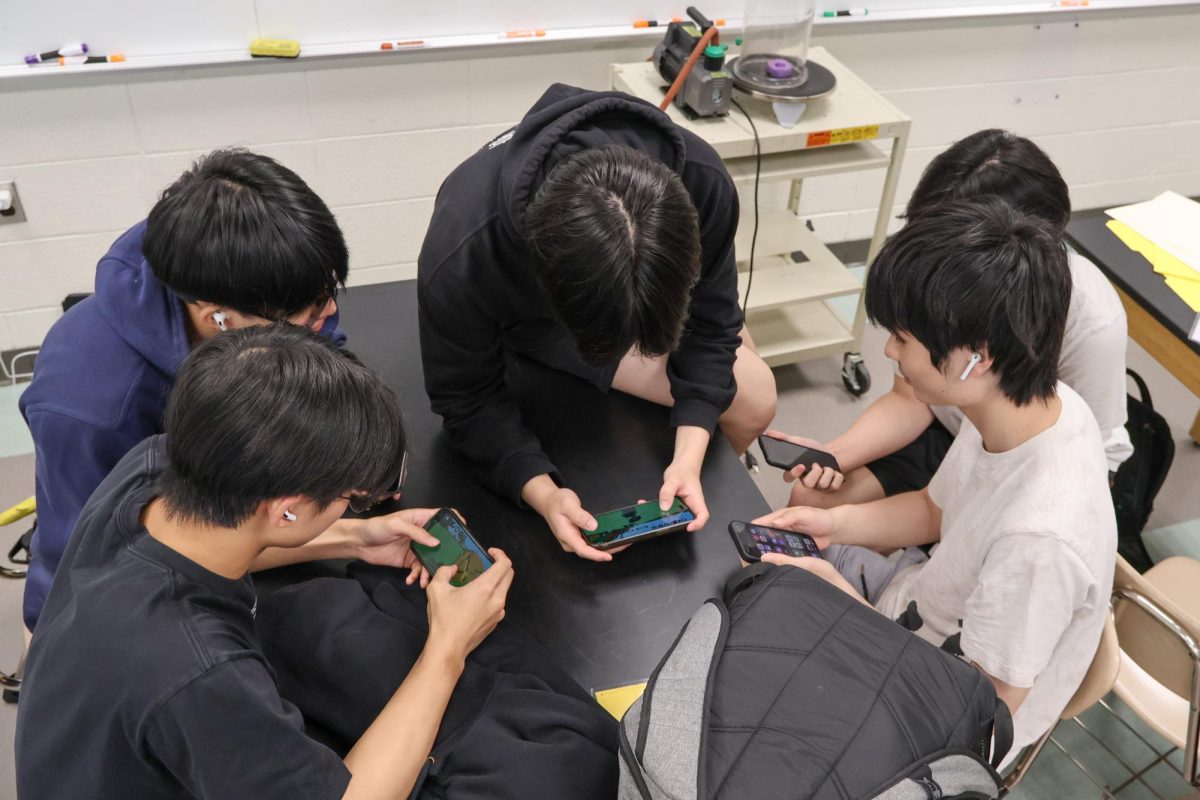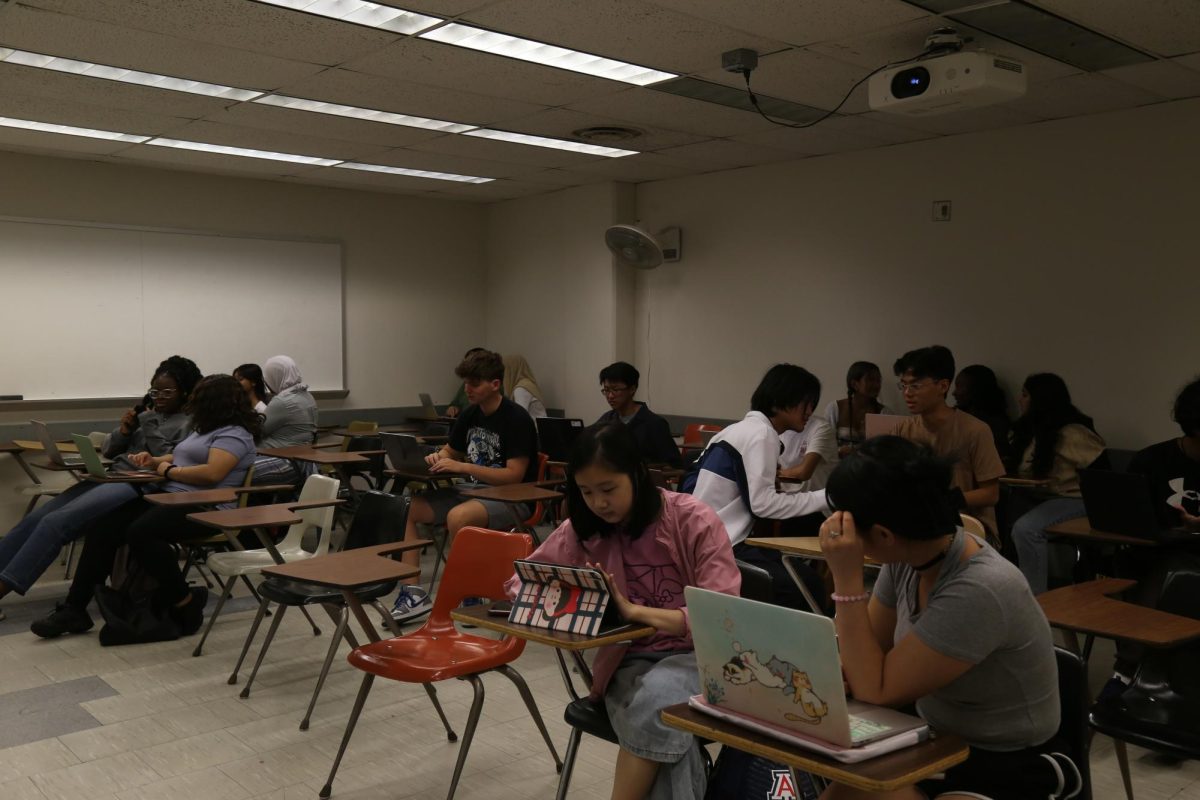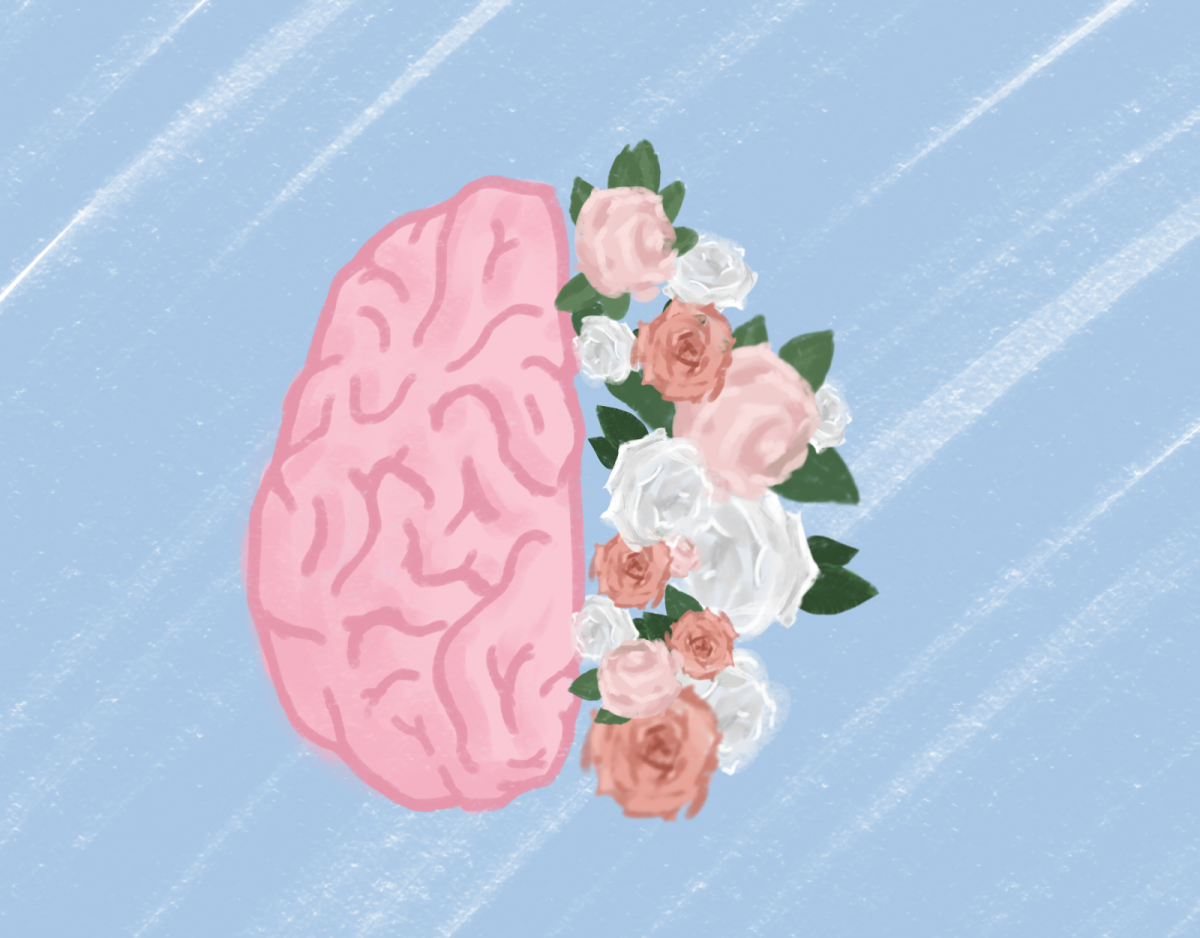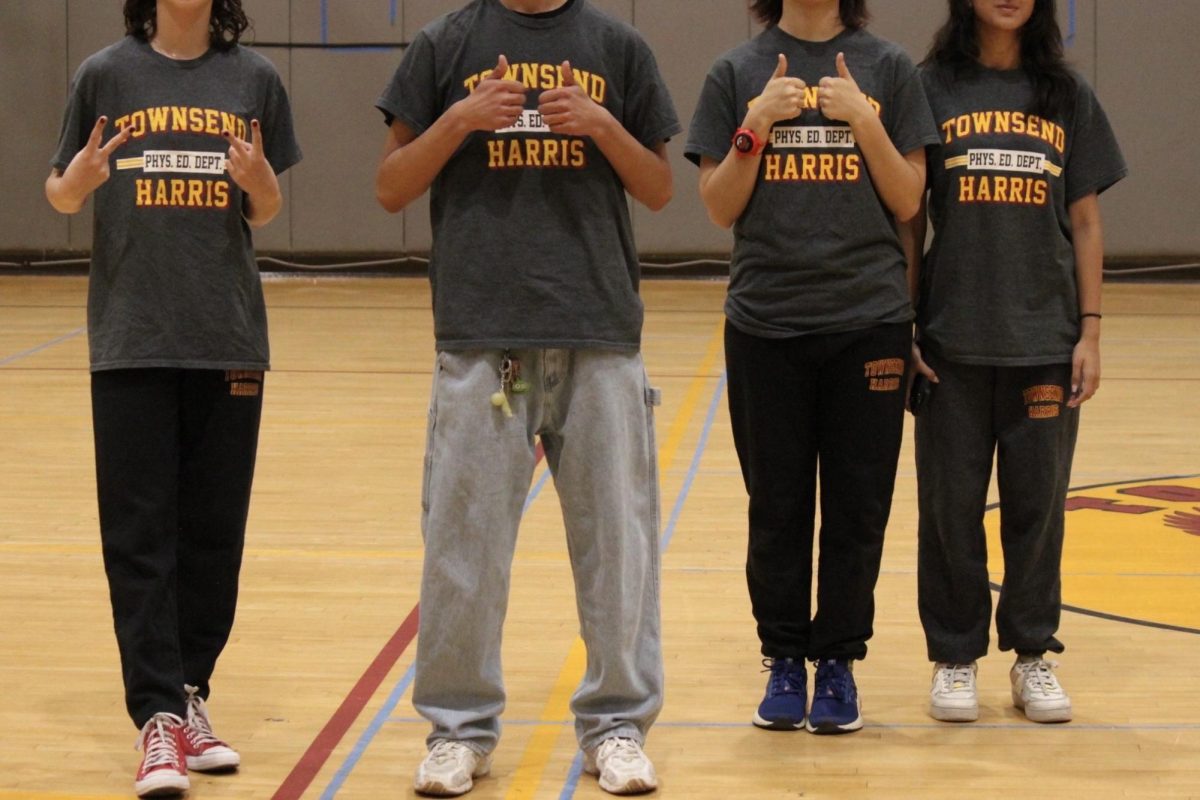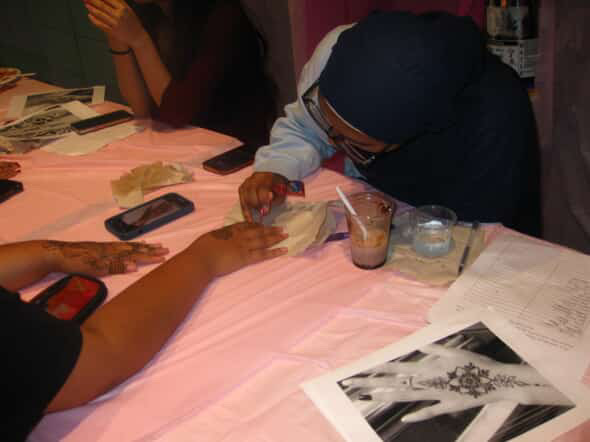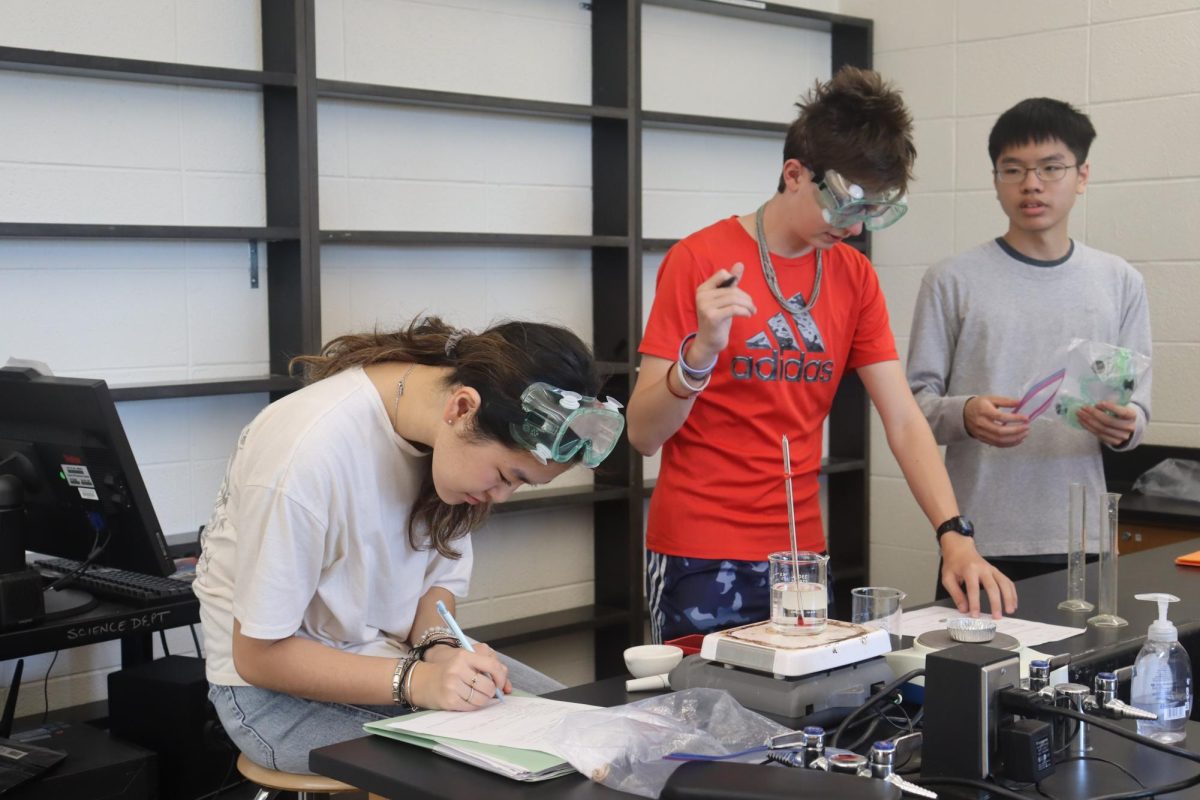
Remote learning requires students to spend hours in front of computers attending virtual classes and completing homework. Compounded by social distancing and the risk of contracting COVID-19, students are confined in their homes, increasing sedentary behavior and exacerbating posture issues. Be it slouching on the couch or hunching over computer screens, prolonged sitting can have adverse physical and mental effects.
According to physical education teacher Maria Assante, in addition to pain in the shoulders, neck, and back, bad posture can lead to headaches and jaw pain. It may also misalign the spine, a condition known as postural scoliosis, which can result in nerve impairment. She also noted that poor posture can negatively affect a person’s breathing, circulation, and digestion.
Both senior Madison Bitna and freshman Jenny Lin said the main ailment that afflicted them was tension and headaches.
Aside from the physical ramifications, posture has many beneficial mental consequences. Ms. Assante stated that good posture “improves our self-esteem, concentration, positive feelings, energy and productivity.”
Freshman Abigail Schwartz observed that bad posture affects her concentration. “When my back starts to hurt I want to move around so I focus on that and it’s hard to pay attention to the class,” she said.
Similarly, sophomore Aissatou Lam stated, “I think the better posture I have, the more I am able to work effectively and focus.”
Madison said the main difficulty for her was locating a comfortable setting. “I’ve tried sitting on a couch, my bed, and two different chairs in my house to figure out what would be best for posture during work, and I only figured out a few days ago that the chair in my room is the best place,” she said. “A lot of other locations lack upper back support, or are too hard.”
Ergonomic furniture design is a fundamental part of the ergonomics discipline. Ergonomics is a discipline that employs multidisciplinary science principles to minimize discomfort, such as lessening strain on muscles and joints, and to maximize efficiency in the workspace. For young people especially, efforts in ergonomics are made to prevent the development of musculoskeletal disorders, such as carpal tunnel syndrome which causes tingling, numbness, and weakness in your hands. The Business and Institutional Furniture Manufacturer’s Association (BIFMA) provides guidelines for optimal ergonomic furniture design.
For chairs, BIFMA recommends that 1) The chair allows the user’s feet to reach the floor or a proper footrest 2) Seat depth is deep enough so that the region behind the knees (also known as the popliteal area) is not hitting the front of the seat 3) the chair should allow enough space for the user’s hips and clothing and 4) In general, the seat should be high enough to reach the shoulder blades, wide enough to support the waist, and have lumbar support to accommodate the curvature of the spine. As for desks and workstations, BIFMA suggests for the computer to be placed at eye-level to reduce hunching.
“I use lumbar support in my car, special pillows at work and home (when needed),” said Ms. Assante. “When at school, I sat at my desk, chair adjusted to a good height, feet flat, arms relaxed on the desk. I put my laptop on some textbooks so the camera was angled better. Now that I’m home, I will sit in different places throughout the house. My backyard is always a good spot when the weather is nice.”
Abigail said she has noticed a difference between her posture during remote learning in comparison to her posture with in-person learning. “I would say my posture has probably gotten worse because in school we have chairs with backs so that helps to keep us straight up,” she said.
Similarly, Madison said her posture has also worsened since she’s not compelled to sit at a desk and therefore has caused a “lack of consistency” in her posture.
By contrast, Freshman Jenny Lin said, “I’d say that [my posture] has gotten better even though it’s harder to maintain a good posture during remote learning.”
A reference guide by the Environmental Health and Safety department at Oregon State University stated that while some ergonomic professionals say that a worker must have a 90-90-90 degree placement for the elbow, hip, and knee joints, others suggest that a variation on this placement is better as long as the worker is not hunched over or slouching.
Despite the differing perspectives on what constitutes good posture, generally “A good seated posture is one that is comfortable and does not put a lot of stress or strain on the user’s buttocks, back, or arm muscles, and allows the user’s feet to be on the floor,” the guide read.
Fixating your focus on a screen and fervent typing brings your head downwards, especially if your device is on your lap. According to a peer-reviewed article, forward head posture adds strain to the muscles responsible for holding up your head. As time goes on, this unnatural position induces muscle imbalances which causes your body to adapt to this stance by elongating and weakening certain muscles, and shortening and tightening others which results in a postural hunchback.
To fix bad habits and maintain good posture, a Harvard Health article advises to keep your “chin parallel to the floor,” roll back your shoulders so that they are even, hold a “neutral spine” (not overextending or over flexing your lower spinal curve), brace your abdominals, even your hips and knees, and “distribute your body weight evenly on both feet.”
A Washington Post article consulted experts in ergonomics and children’s health, and when it came to addressing the neck and shoulder pain from bad posture, “Movement and having the screen at eye level,” was deemed most important at reducing lower back and neck pain by Daren Molina, a sports medicine specialist at Texas Children’s Hospital in Houston.
Abigail, Jenny, and Madison stretch to relieve their back pain. Ms. Assante also employs certain exercises, such as ab/core workouts, to promote good posture.
In order to combat your body’s penchant for a Quasimodo-esque stance, Ms. Assante offers some advice. “Try to be aware each time you move to a new spot or position. I try to see it as though I’m ‘staging up’ my stand or sit at certain moments. That creates more frequent awareness. I also try to think of how my posture ‘presents’ when I’m around others. When I’m alone, I’m less aware, more relaxed and more likely to do things incorrectly.”


